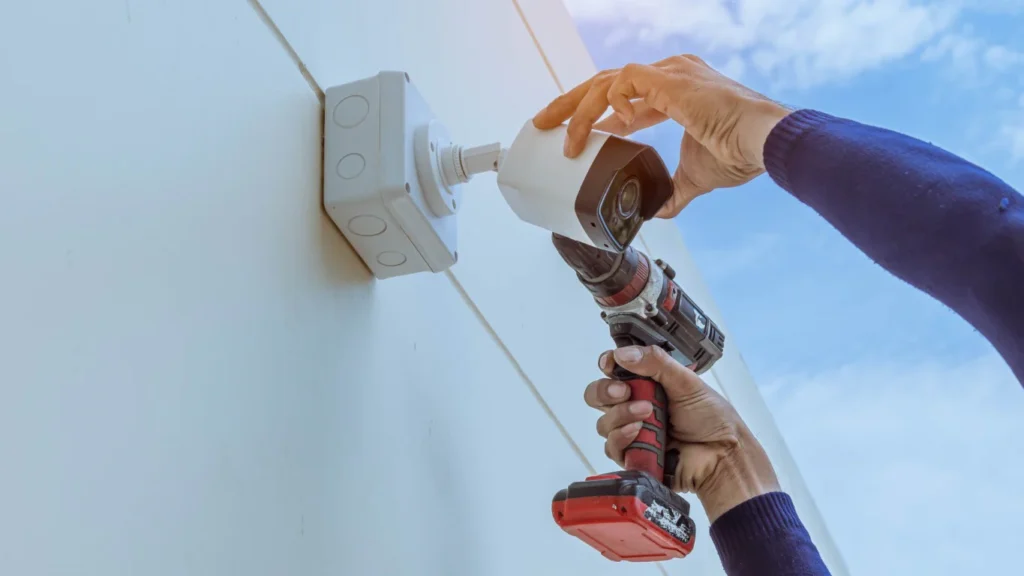Introduction
In today’s world, ensuring the safety of your home and loved ones is more critical than ever. A well-designed home security system not only deters potential intruders but also provides peace of mind. This blog will guide you through the essential steps to design a personalized and effective home security system tailored to your needs.
Assessing Your Home Security Needs
The first step in designing your home security system is to assess your specific needs. Consider the size of your home, its location, and any particular areas of concern. For instance, homes in secluded areas might require more outdoor surveillance, while urban homes may benefit from advanced door and window sensors. Understanding your unique situation is crucial for creating a personalized home security plan.
Choosing the Right Components for Your Home Security System
Cameras: Security cameras are vital for monitoring your home. Choose between indoor, outdoor, and doorbell cameras based on your coverage needs. Look for features like night vision, motion detection, and Wi-Fi connectivity for remote access.
Alarms: A robust alarm system forms the backbone of your home security. Install sensors on doors and windows, and consider adding motion detectors in key areas. Glass break sensors are also useful for added protection.
Smart Locks: Enhance your security with smart locks, which allow you to control access to your home remotely. They can notify you when someone enters or leaves your home, adding an extra layer of security.
Lighting: Strategic lighting can deter burglars. Install motion sensor lights outdoors and use timers for indoor lights to give the impression that someone is always home, even when you’re away.
The Role of Smart Home Integration
Integrating your security system with smart home technology can significantly enhance its effectiveness. For example, connecting security cameras with mobile apps allows you to monitor your home in real-time from anywhere. Smart locks can be operated with voice commands, adding convenience and an additional security layer.
DIY vs. Professional Installation
DIY Installation: If you’re tech-savvy and on a budget, a DIY home security system might be right for you. It allows for customization and can be more cost-effective.
Professional Installation: For those seeking the highest security level or with complex home layouts, professional installation ensures that all components are correctly set up and integrated.
Keeping Your Home Security System Updated
Regular maintenance and updates are crucial for keeping your security system effective. Stay informed about the latest security technologies and update your system as needed to protect against new threats.
Conclusion
Designing a home security system may seem daunting, but by following these steps, you can create a robust defense against potential threats. Remember, the best system is one that addresses your specific needs and concerns, providing you and your family with peace of mind.
Ready to enhance your home’s security? Explore our range of home security solutions or contact one of our professionals for personalized advice on designing the perfect system for your home.
FAQs
How much does a home security system cost?
The cost varies widely depending on the components chosen and whether you opt for DIY or professional installation. Basic systems can start from a few hundred dollars, while more advanced setups can run into thousands.
Can I integrate existing smart home devices with my security system?
Yes, many modern security systems are designed to work seamlessly with existing smart home devices, allowing for greater convenience and control.
Are wireless security systems reliable?
Yes, wireless systems offer flexibility and ease of installation without compromising reliability. Ensure your system has a robust network connection and consider backup power options.
How often should I test my home security system?
It’s recommended to test your system monthly to ensure all components are functioning correctly and to make any necessary adjustments.
Can I receive alerts from my home security system on my phone?
Yes, most modern systems offer mobile connectivity, allowing you to receive real-time alerts and monitor your home from anywhere.


